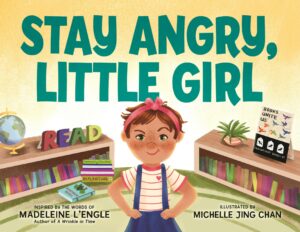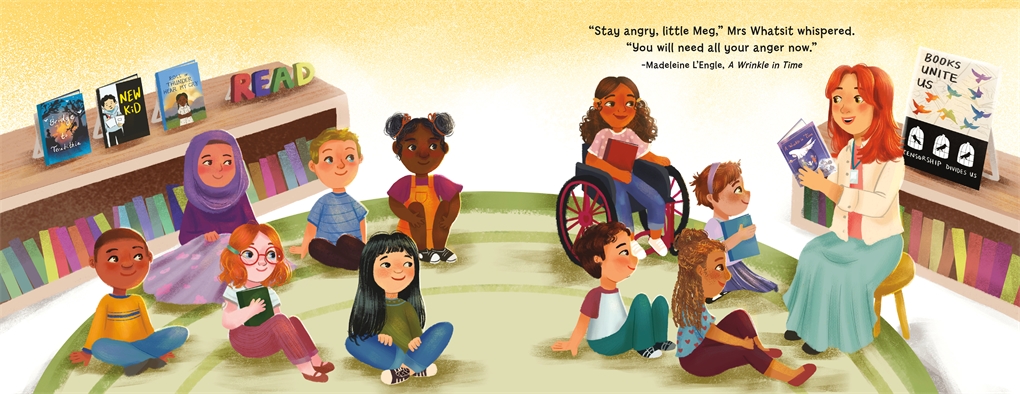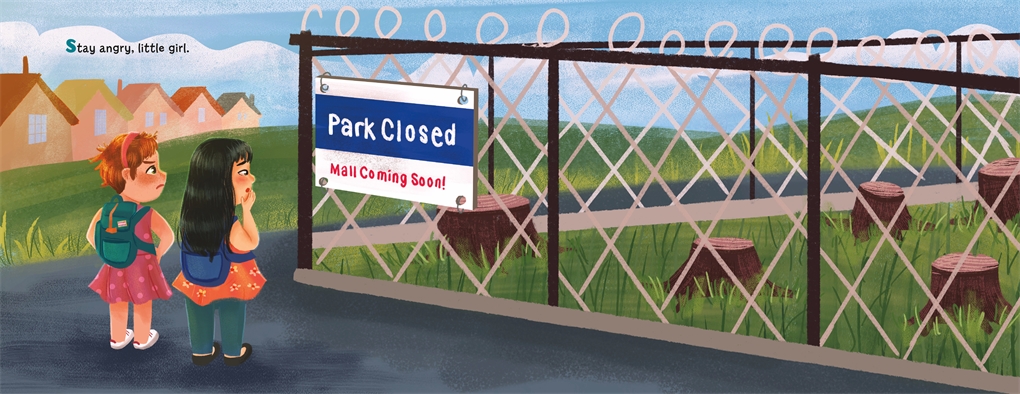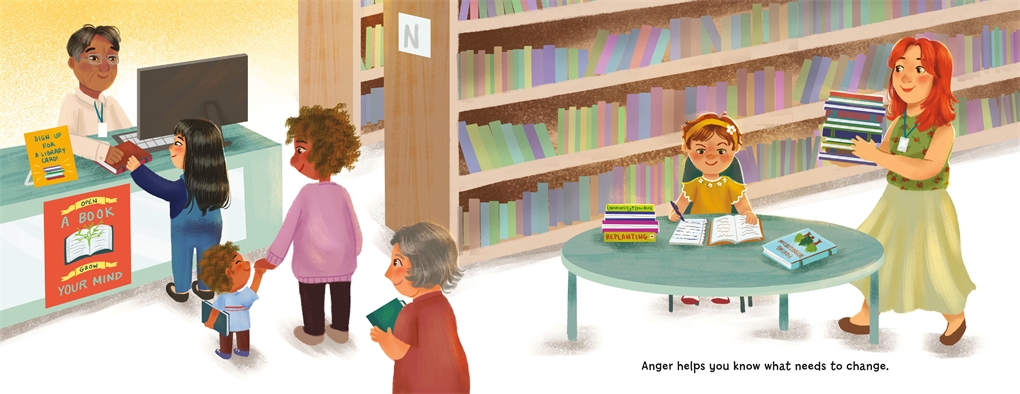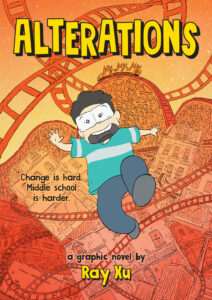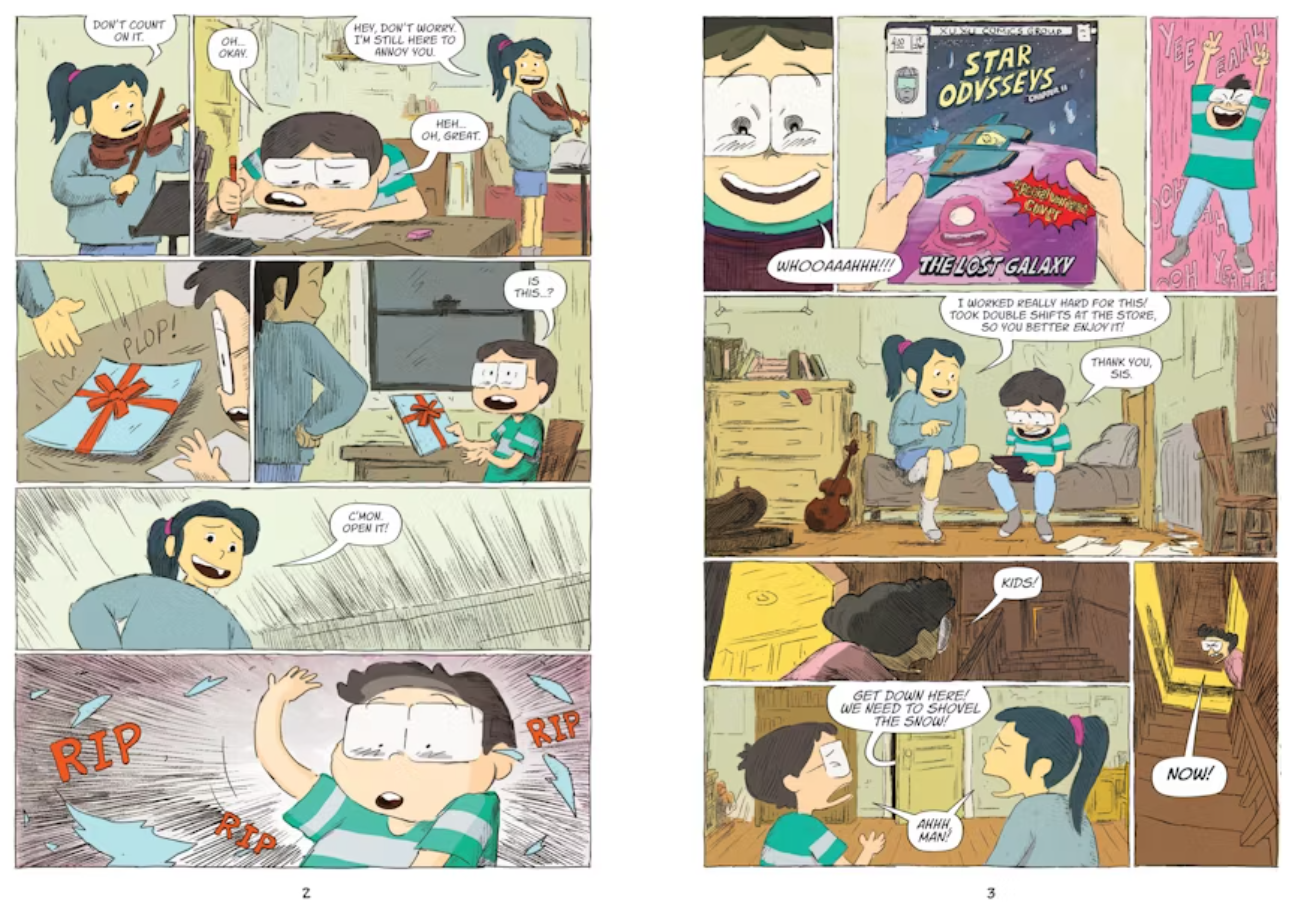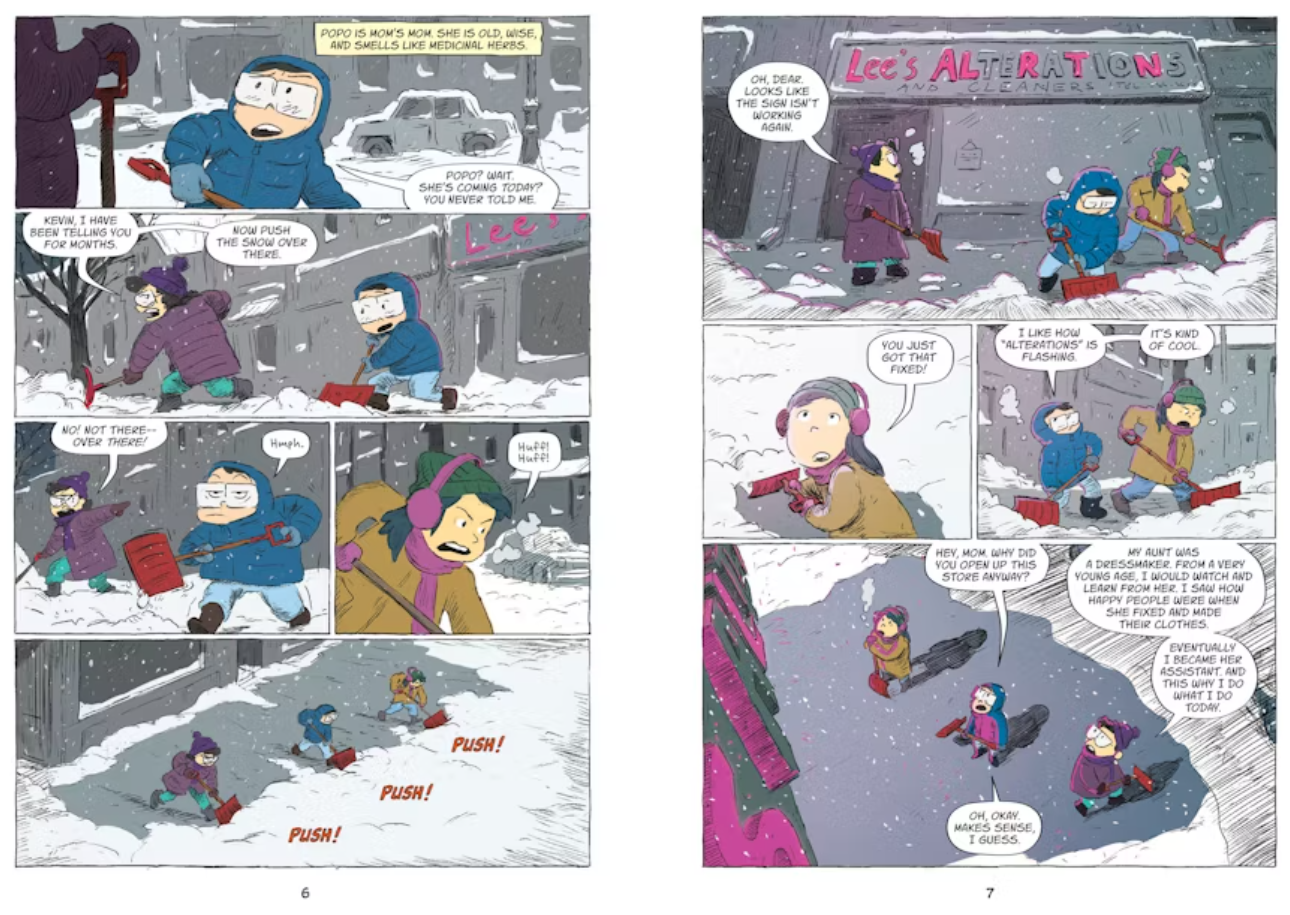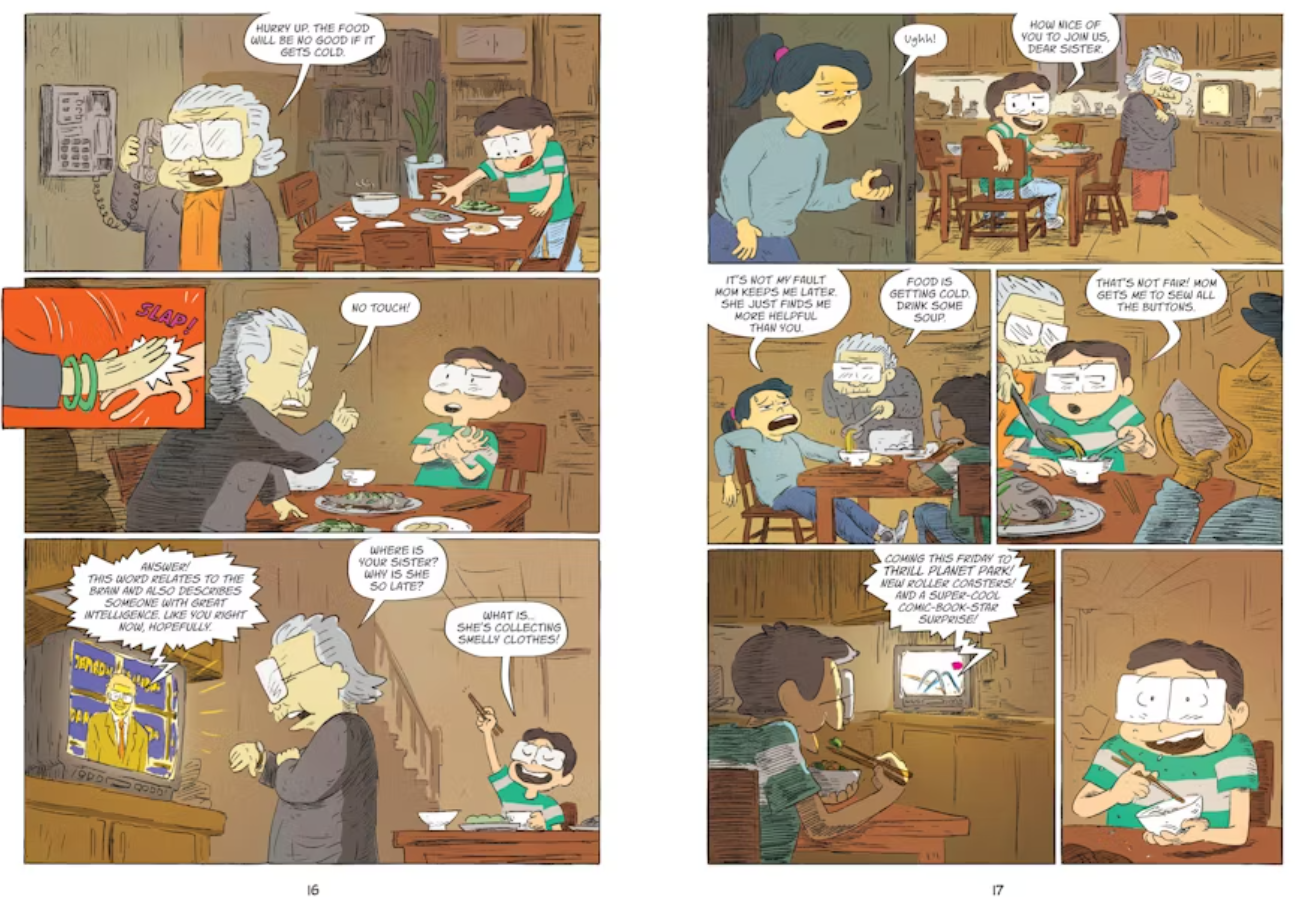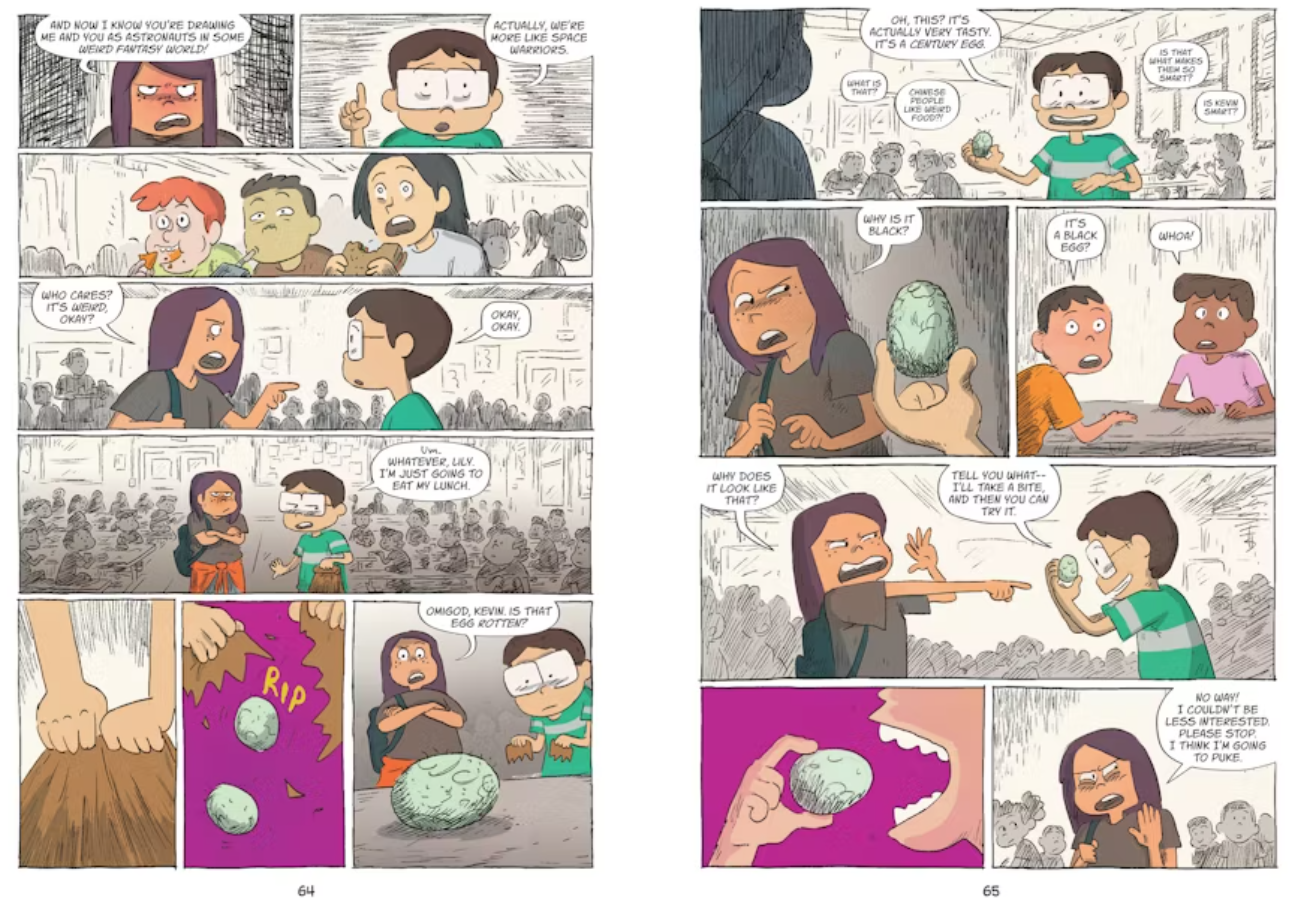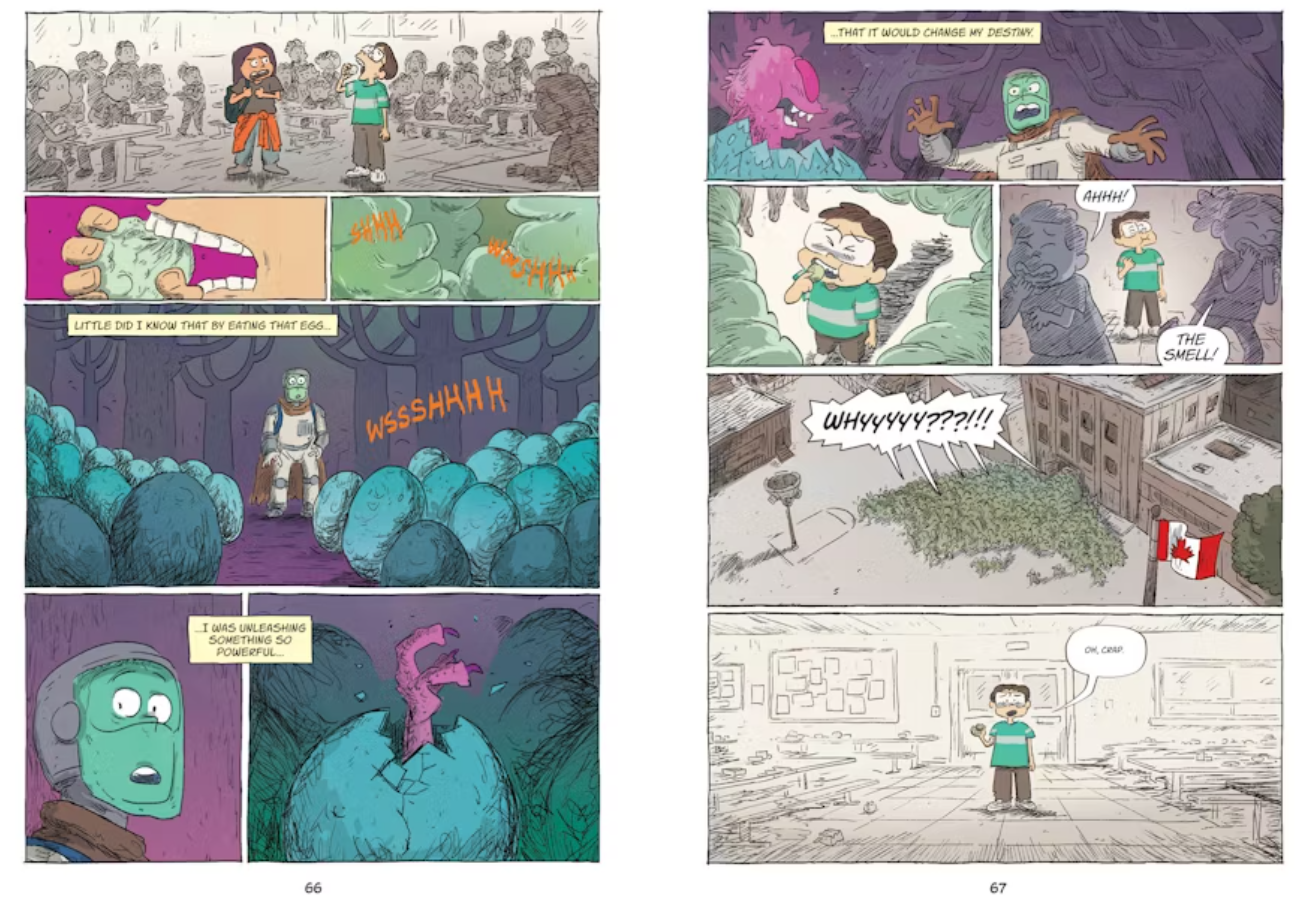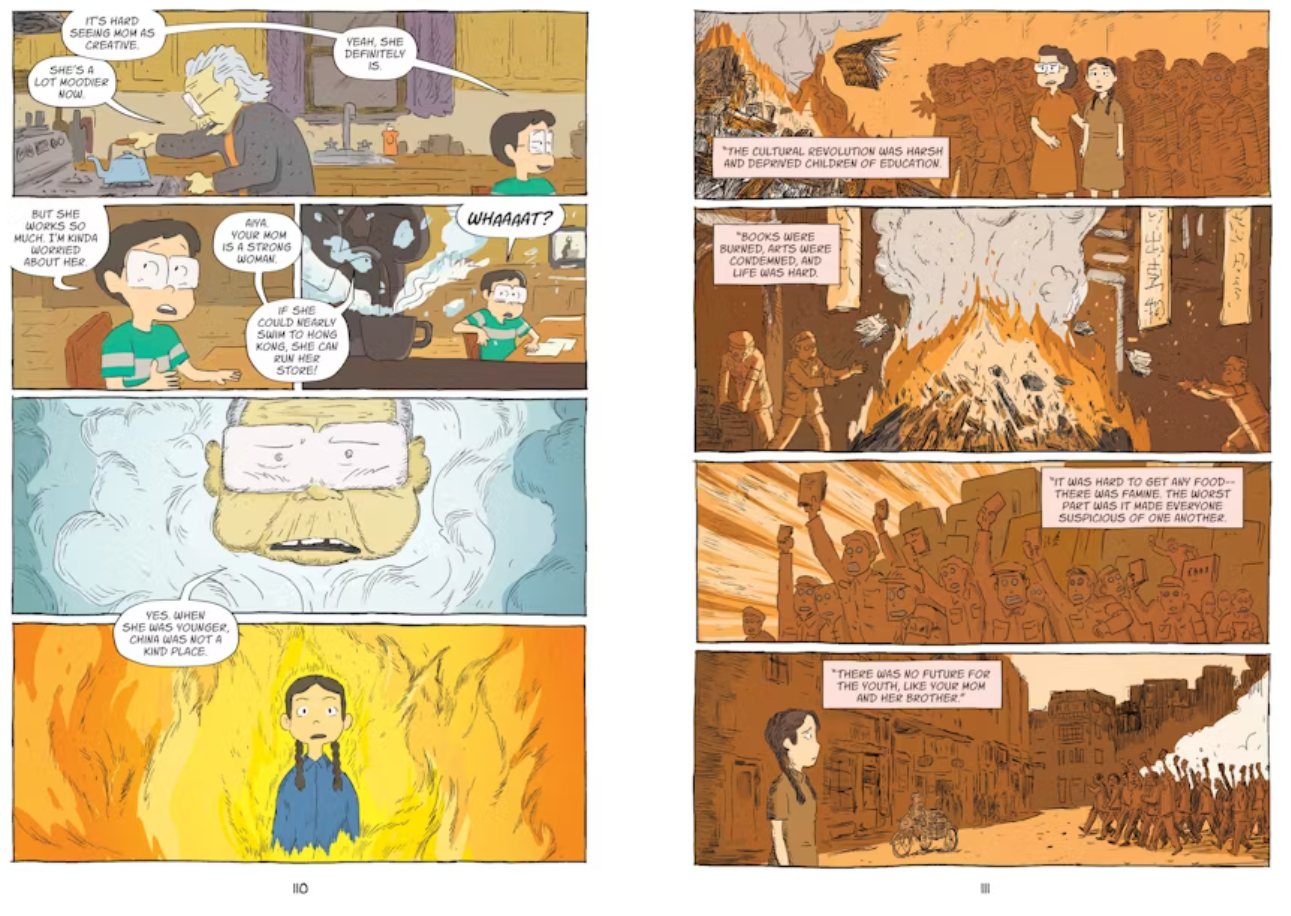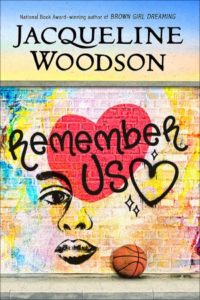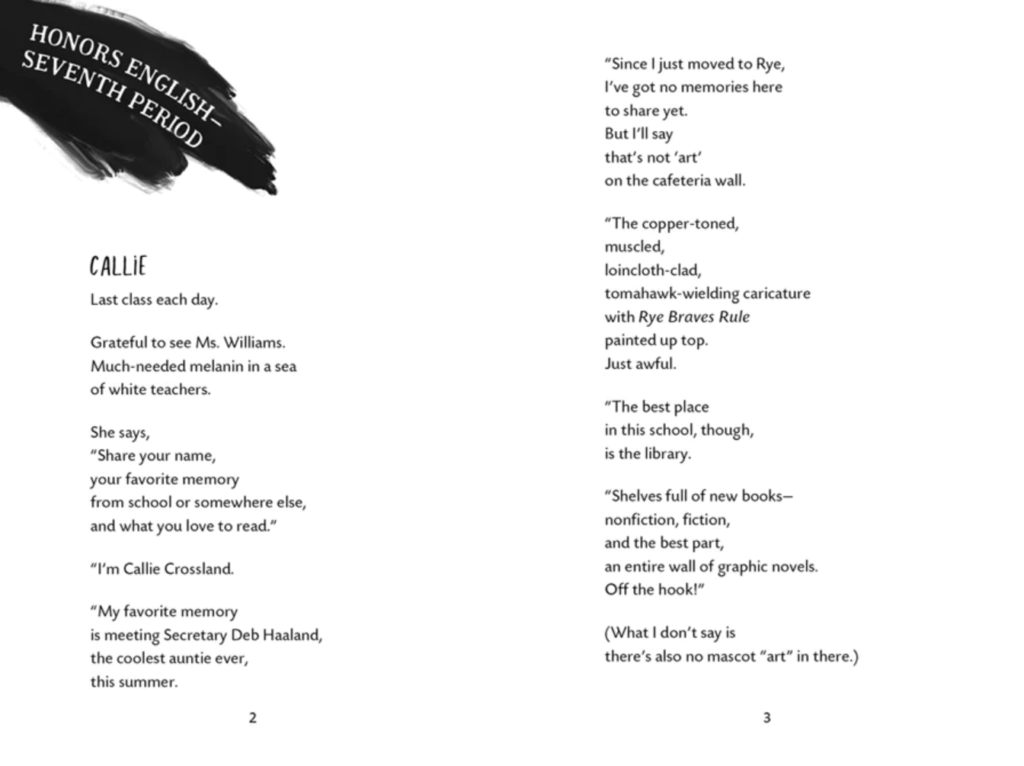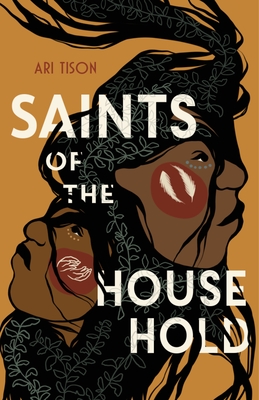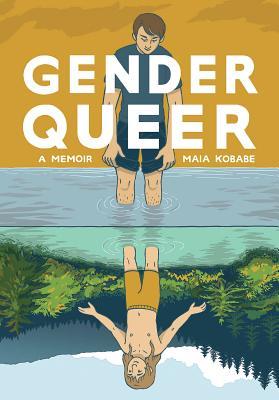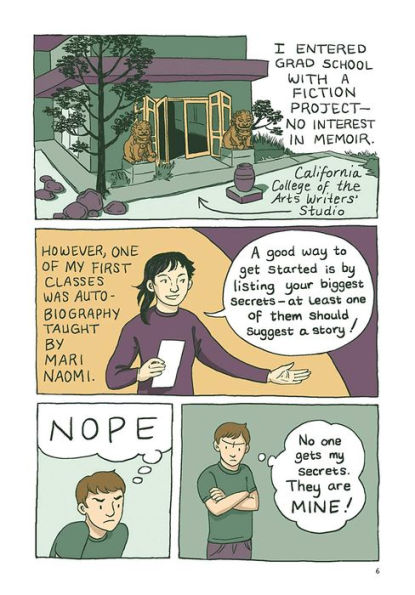“Living a Multicultural Life”
First and second generation Americans face the unique challenge of having to navigate between the culture of their (or their parents’) county of origin and those of America. For children and teens, especially, the tension that can come from the clash of these worldviews can be confusing and difficult.
Middle grade and young adult books that explore these differences in perspectives, and which discuss how characters deal with these conflicts, may provide some comfort for those in the same situation. In my book, ASKING FOR A FRIEND, the main character, Juliana Zhao, has spent her life trying to follow her Taiwanese mother’s guidance for “success” but soon comes to realize that it may not lead to what she truly wants.
Here are some other books that explore what it means to grow up with more than one culture (book descriptions provided by the publishers):
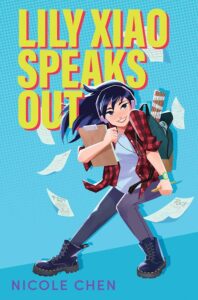
LILY XIAO SPEAKS OUT – Nicole Chen
Lily Xiao can’t wait to go to Camp Rock Out this summer, where she’ll finally be able to shed her “class robot” good girl reputation and start her journey to becoming the next Eddie Vedder! And she can’t wait to do it with her best friend and cousin, Vivian, who’s just moved from Taiwan to Lily’s California hometown.
But as the two cousins work their way through seventh grade, Vivian struggles more and more with her schoolwork, which is all taught in English. If Vivian can’t get her grades up, her parents won’t let her go to rock camp.
Determined to help, Lily embarks on a mission to push their school to provide more support for English-as-a-Second-Language learners like Vivian. But her first-generation immigrant family is nervous about Lily challenging the status quo. We should be grateful to be here, they always say.
With Camp Rock Out on the line, Lily will need to decide how far she’ll push against her family’s wishes in order to stand up and speak out.
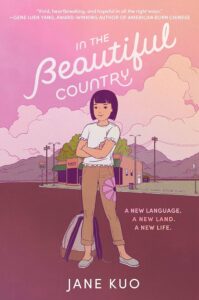
IN THE BEAUTIFUL COUNTRY – Jane Kuo
Anna can’t wait to move to the beautiful country—the Chinese name for America. Although she’s only ever known life in Taiwan, she can’t help but brag about the move to her family and friends.
But the beautiful country isn’t anything like Anna pictured. Her family can only afford a cramped apartment, she’s bullied at school, and she struggles to understand a new language. On top of that, the restaurant that her parents poured their savings into is barely staying afloat. The version of America that Anna is experiencing is nothing like she imagined. How will she be able to make the beautiful country her home?
This lyrical and heartfelt story, inspired by the author’s own experiences, is about resilience, courage, and the struggle to make a place for yourself in the world.
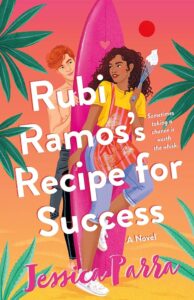
RUBI RAMOS’S RECIPE FOR SUCCESS – Jessica Parra
Graduation is only a few months away, and Rubi Ramos’s “recipe for success” to get into prestigious Alma University is already off track.
When Alma waitlists Rubi’s application, Rubi will need to be distraction-free to make the grade and keep her parents―who have wanted this for her for years―from finding out. Which means falling for her cute surfer-slash-math tutor, Ryan, definitely won’t work. And neither will breaking her mother’s ban on baking―her parents didn’t leave Cuba so she could bake just like them.
But some recipes are begging to be tampered with.
When the First Annual Bake Off comes to town, Rubi’s passion for baking goes from subtle simmer to full boil. Add to the mix her crush on Ryan may be turning into a full-fledged relationship and Rubi’s life is suddenly so different from what it was. She’s not sure if she has what it takes to win the Bake Off, or where the relationship with Ryan is going, but there’s only one way to find out―even if it means going against her parents’ priorities.
Now Rubi must differentiate between the responsibility of unfulfilled dreams she holds and finding the path she’s meant for.
A joyful novel of first romance, new possibilities, and the chance to define yourself, Rubi Ramos’s Recipe for Success will find its way into your heart.
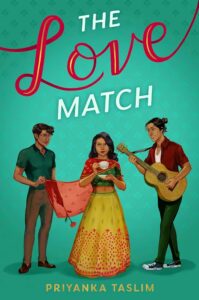
THE LOVE MATCH – Priyanka Taslim
Zahra Khan is basically Bangladeshi royalty, but being a princess doesn’t pay the bills in Paterson, New Jersey. While Zahra’s plans for financial security this summer involve working long hours at Chai Ho and saving up for college writing courses, Amma is convinced that all Zahra needs is a “good match,” Jane Austen style.
Enter Harun Emon, who’s wealthy, devastatingly handsome, and…aloof. As soon as Zahra meets him, she knows it’s a bad match. It’s nothing like the connection she has with Nayim Aktar, the new dishwasher at the tea shop, who just gets Zahra in a way no one has before. So, when Zahra finds out that Harun is just as uninterested in this match as she is, they decide to slowly sabotage their parents’ plans. And for once in Zahra’s life, she can have her rossomalai and eat it too: “dating” Harun and keeping Amma happy while catching real feelings for Nayim.
But life—and boys—can be more complicated than Zahra realizes. With her feelings all mixed up, Zahra discovers that sometimes being a good Bengali kid can be a royal pain.
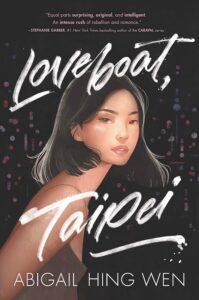
LOVEBOAT, TAIPEI – Abigail Hing Wen
“Our cousins have done this program,” Sophie whispers. “Best kept secret. Zero supervision.”
And just like that, Ever Wong’s summer takes an unexpected turn. Gone is Chien Tan, the strict educational program in Taiwan that Ever was expecting. In its place, she finds Loveboat: a summer-long free-for-all where hookups abound, adults turn a blind eye, snake-blood sake flows abundantly, and the nightlife runs nonstop.
But not every student is quite what they seem:
Ever is working toward becoming a doctor but nurses a secret passion for dance.
Rick Woo is the Yale-bound child prodigy bane of Ever’s existence whose perfection hides a secret.
Boy-crazy, fashion-obsessed Sophie Ha turns out to have more to her than meets the eye.
And under sexy Xavier Yeh’s shell is buried a shameful truth he’ll never admit.
When these students’ lives collide, it’s guaranteed to be a summer Ever will never forget.
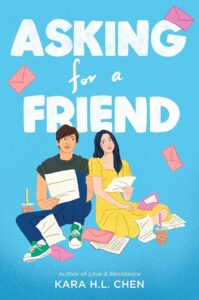
And my newest book, publishing July 23rd:
ASKING FOR A FRIEND – Kara H.L. Chen
Juliana Zhao is absolutely certain of a few things:
- She is the world’s foremost expert on love.
- She is going to win the nationally renowned Asian Americans in Business Competition.
When Juliana is unceremoniously dropped by her partner and she’s forced to pair with her nonconformist and annoying frenemy, Garrett Tsai, everything seems less clear. Their joint dating advice column must be good enough to win and secure bragging rights within her small Taiwanese American community, where her family’s reputation has been in the pits since her older sister was disowned a few years prior.
Juliana always thought prestige mattered above all else. But as she argues with Garrett over how to best solve everyone else’s love problems and faces failure for the first time, she starts to see fractures in this privileged, sheltered worldview.
With the competition heating up, Juliana must reckon with the sacrifices she’s made to be a perfect daughter—and whether winning is something she even wants anymore.
“A swoonworthy, heart-wrenching view into the trials of growing up second generation in an immigrant community.” – Kirkus Reviews

About the Author: Kara H.L. Chen is a Taiwanese American writer who received her MFA in fiction from Brooklyn College. She is the author of LOVE & RESISTANCE (Quill Tree/HarperCollins, 2023) and ASKING FOR A FRIEND (Quill Tree/HarperCollins, 7/23/24). Her website is at karahlchen.com or you can find her on Instagram and Twitter/X @hl_kara or @karahlchen on Substack.
Thank you, Kara, for this list of must reads!

